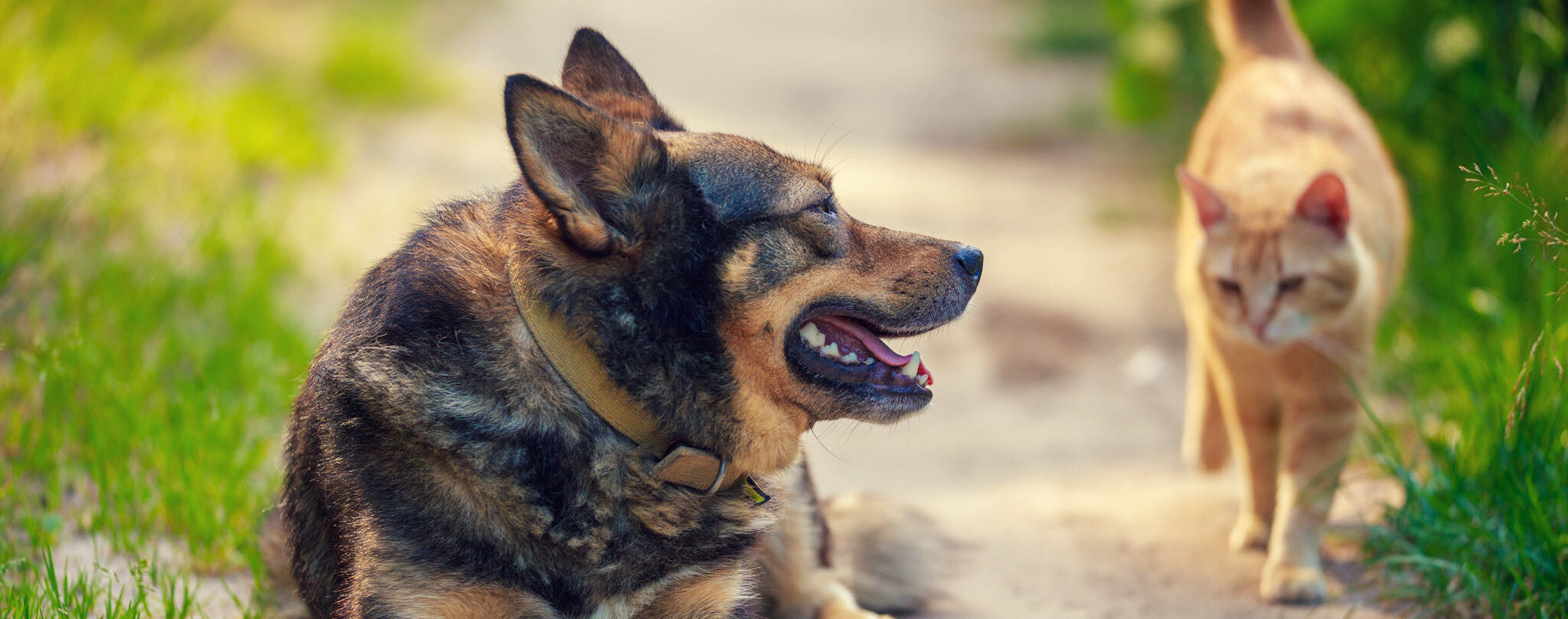
Pet Orthodontics
At Animal Dental Care & Oral Surgery, we specialize in ensuring your pets have optimal oral health, including addressing occlusion-related concerns. Occlusion, the relationship between the teeth of the maxilla and mandibles, plays a crucial role in your pet’s overall well-being when their mouth is closed.
Many dogs and cats experience painful malocclusions from a young age, and our dedicated team is here to provide expert orthodontic care tailored to each patient’s unique needs. Our comprehensive orthodontic treatments encompass various approaches such as acrylic appliances, elastic chains, or extractions, ensuring that there is always a viable treatment option available for pets with painful malocclusions.
At Animal Dental Care & Oral Surgery, we understand the importance of individualized care. Each treatment plan is meticulously crafted to achieve a pain-free and functional occlusion as swiftly as possible, promoting your pet’s well-being.
Our expertise in pet orthodontics extends to:
- Bite Evaluations: Thorough assessments to understand and address bite issues.
- Genetic Counseling: Providing valuable insights and guidance regarding genetic factors influencing occlusion.
- Orthodontic Treatments: Employing a range of techniques to alleviate painful malocclusions and ensure a pain-free and functional bite for every patient.
Contact us today to schedule a consultation and embark on the journey to optimal oral health for your furry companions.
